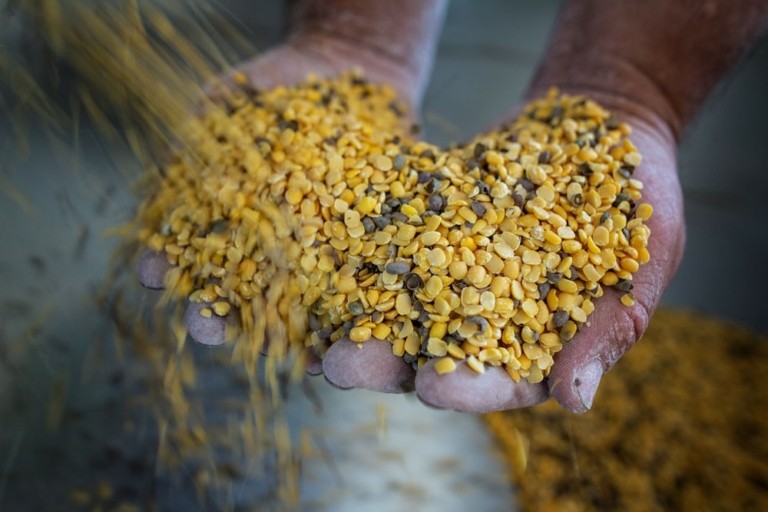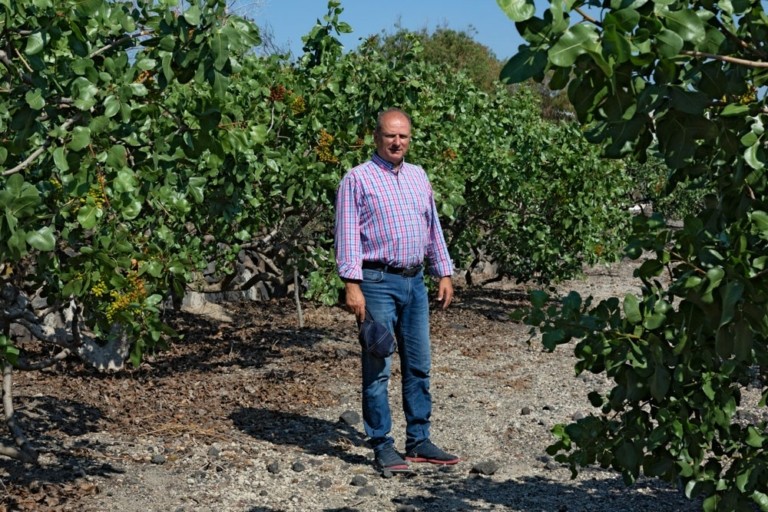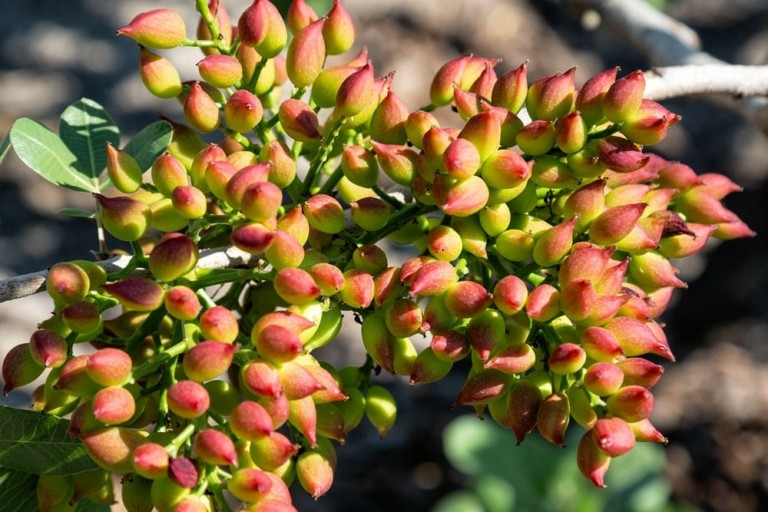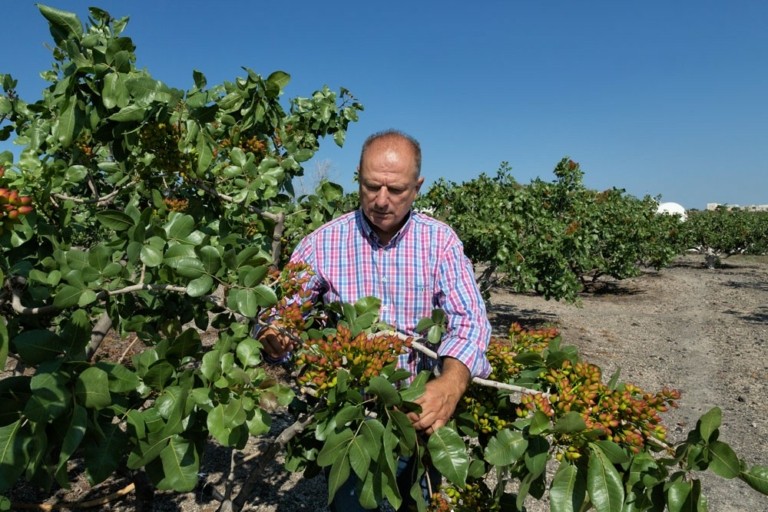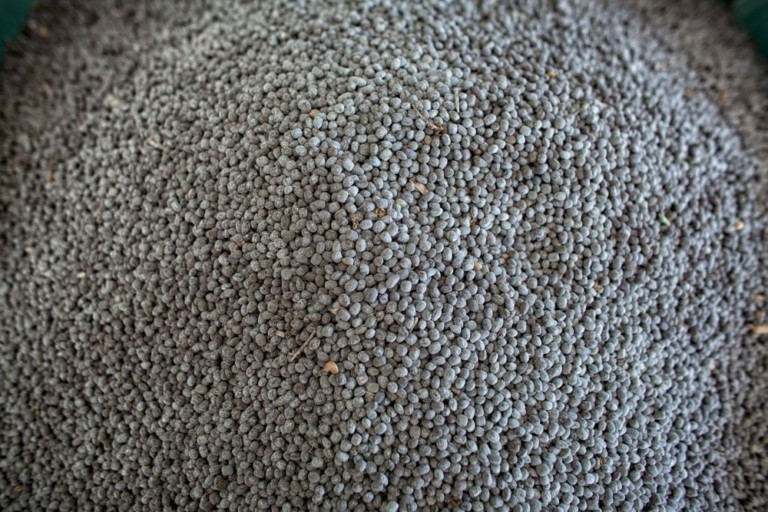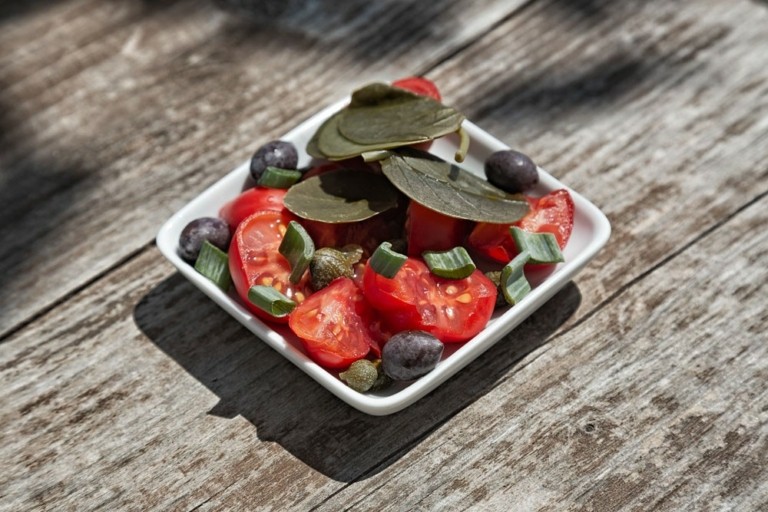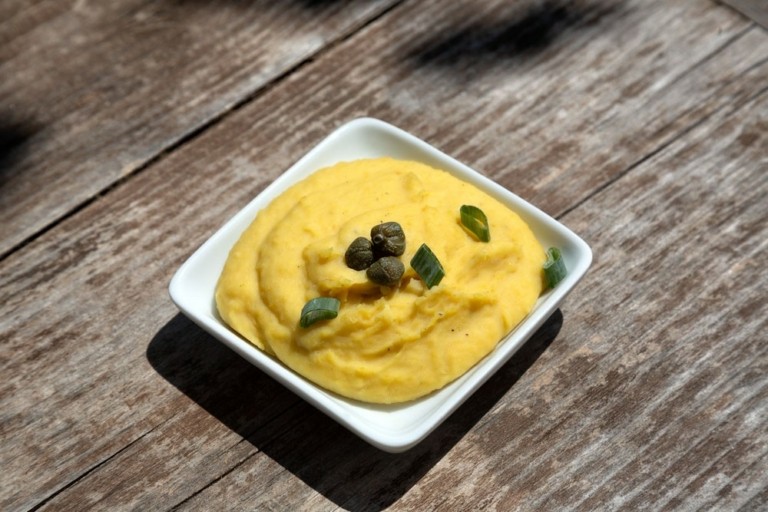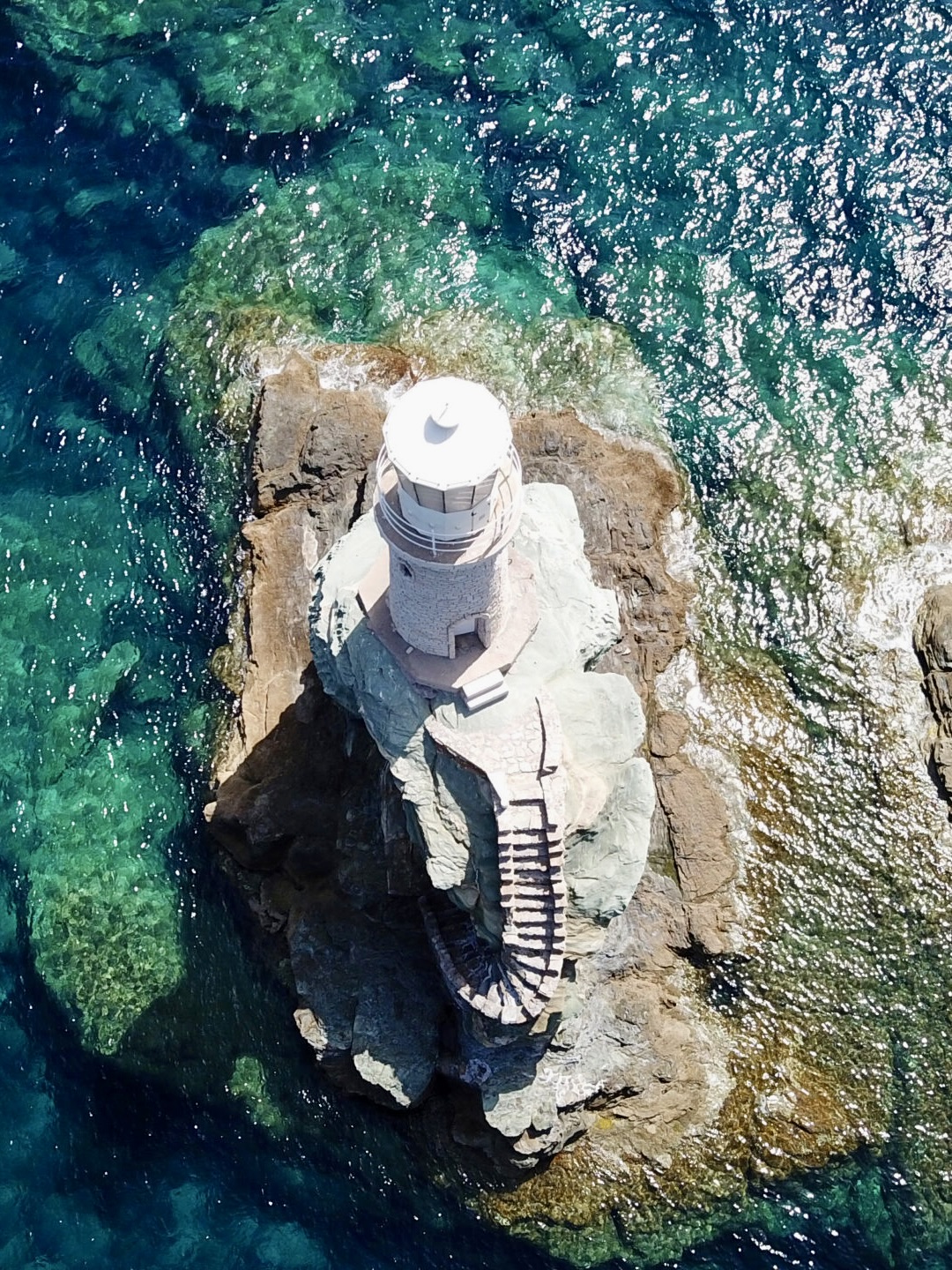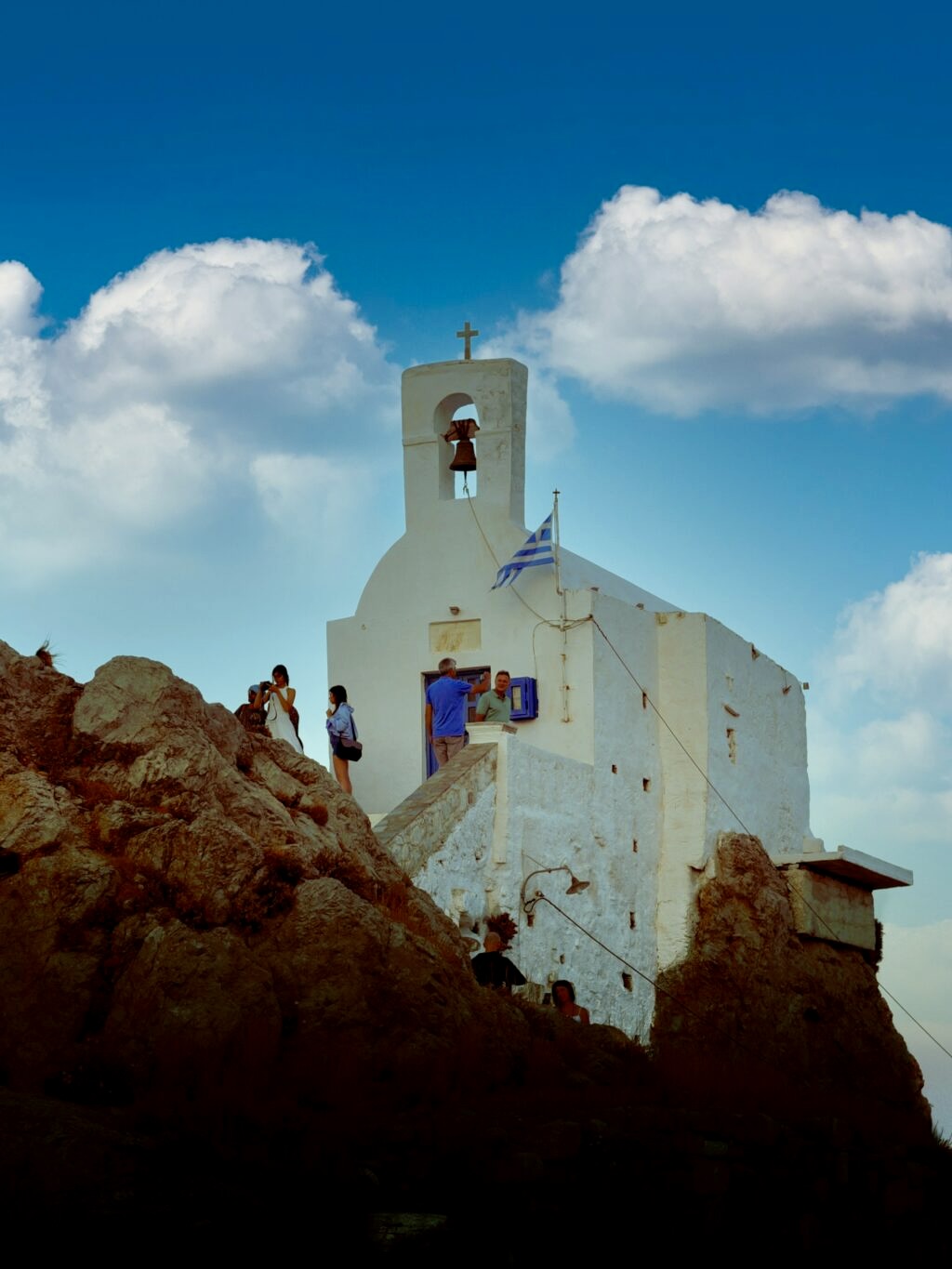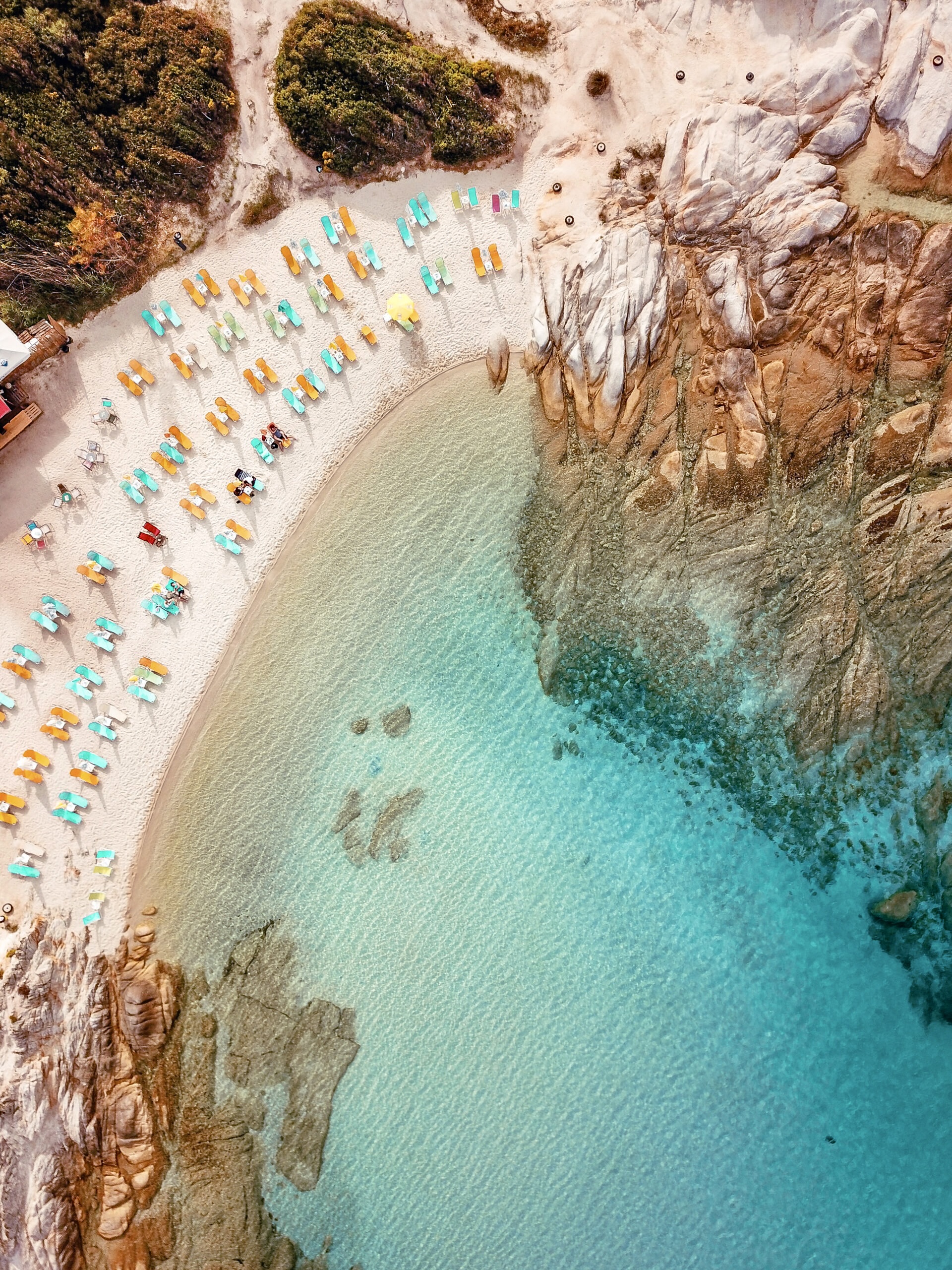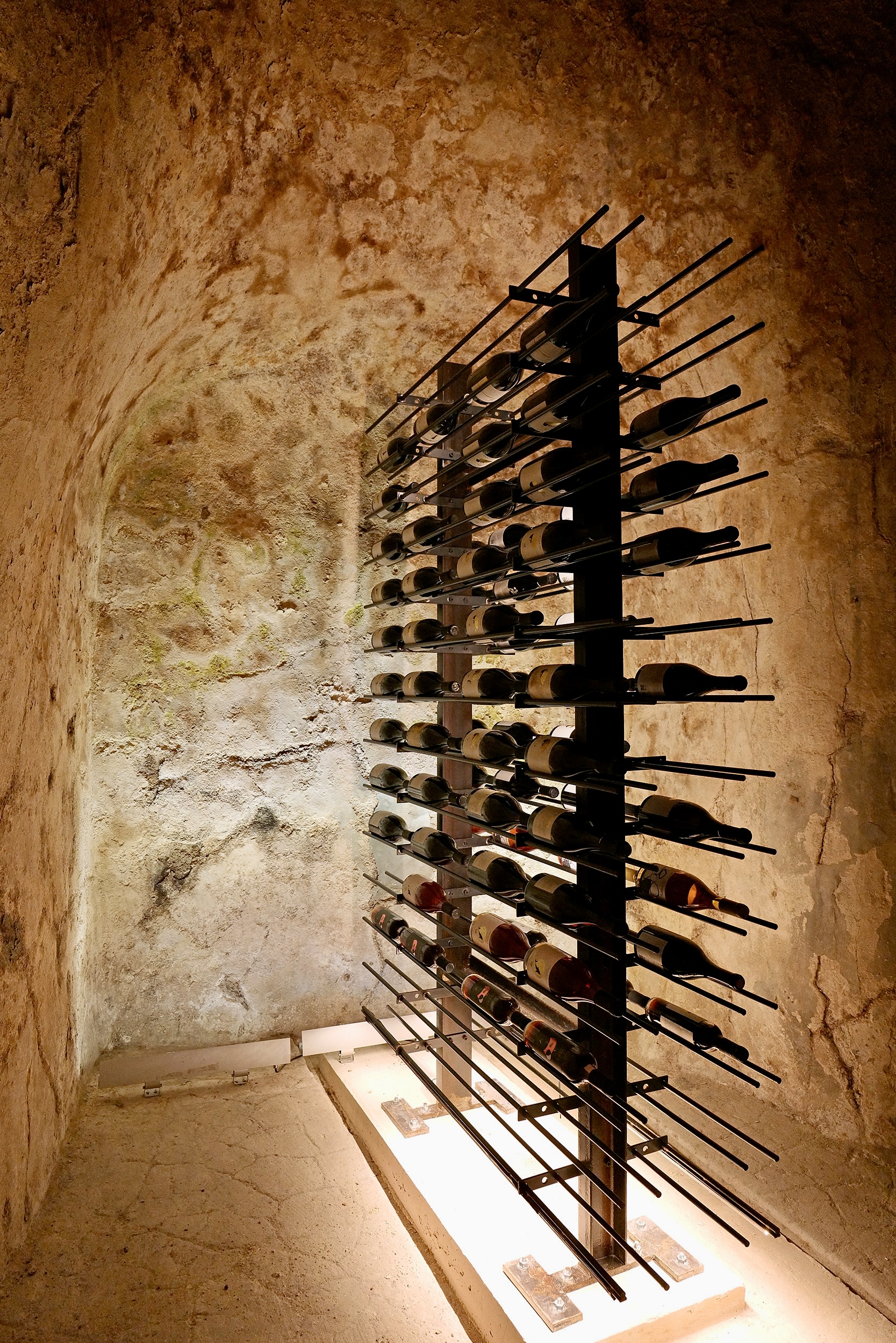Santorini’s land is not an easy case. It has never been; a dormant, but steaming volcano in the middle of the Aegean Sea, an arid, dry land and a sun so strong that sizzles everything.
And yet, in this volcanic soil, fed with sea salt and the damp of the night; a microclimate favourable to vines (ground-hugging ones), tomatoes (small, thick-skinned and not that good-looking), round courgettes, white eggplants, capers and, of course, golden-blond fava beans, with a velvety texture and delicate taste, “the reigning product of Santorini, alongside wine” as Yiannis Nomikos says, whom we met at his farm in Vothonas –a small village located at the centre of the island- on the first day of summer. It was Monday. A different kind of fava beans, a product with Protected Designation of Origin for ten years now. But, this year has been a bad one, so much so that its crop was particularly poor.
“Why so?” was our reasonable question to start a long and interesting conversation. “This year it didn’t rain at all during the winter and in the spring the island suffered from the sirocco that lasted for days and dried up everything, even the farms that were still a little dewy,” he says, explaining that what generally determines summer production is spring. Yiannis Nomikos comes from a farming family. Studying at the Department of Statistics and Insurance Science at the Industrial School of Piraeus, he seemed to take a different path in life, but it was not long before he returned to the island and engaged in agriculture.
Born and raised in the small village of Exo Gonia, located on the south-eastern side of Santorini, he left to study, but always returned in the summer to help in the fields. “From my studies I have kept the mind-set. At university you learn how to work methodically, how to do your research, how to confirm your sources. All this knowledge has helped me a lot in everything I have done since then.”
And he became a farmer
Asked what prompted him to return to the island and become a farmer, instead of a hotelier for example, Mr. Nomikos admits that Santorini may not be a farmer’s paradise, but he himself had many childhood memories there. At the same time, a very strong image had been etched in his mind, an image that motivated him: “Farmers have their feet firmly on the ground. They take off their shoes and walk barefoot on soil. The earth never fails you.”
As he recalls, “When I would come to help, I would prune the vines and would see the juice running from the grapes. All I was thinking about was how I was going to make that juice into a nice wine for my friends. That’s how I started; bottling the wine. Something my grandfather did, but not my father. All I cared about back then was friendship and I saw good wine as a means of socializing.”
The bottling of wine in the few, back then, wineries takes us back to the 1990s. It was during those years that the foundations were laid for the next decade and the definitive and irrevocable return of Yiannis Nomikos to Santorini, armed with new ideas, passion and vision. Indeed, in 2006, here in Messaria, where this conversation takes place, the construction of his artisanal industry was completed: a small, well-organised vertical unit, which is responsible for the production, processing, packaging and distribution of the products he grows and markets.
“It is a continuous effort to standardize the island’s agricultural products,” he says, among which we find packaged yellow fava beans, tomatoes in various forms (sundried, spoon sweet, jam, pickles and sauce), jars of capers and caper leaves and, in the last few years, bottles of extra virgin olive oil, which has recently won an award. “We have olive trees now”, he is quick to explain, and indeed, during our countless walks around the island, alongside the vineyards, we also spot estates with large and small olive trees. A fruit that does not seem to be unknown to Santorini, as pollen grains from olives and coniferous trees have been discovered in the layer of material from the volcanic eruption that destroyed the prehistoric settlement of Akrotiri (1500 BC).
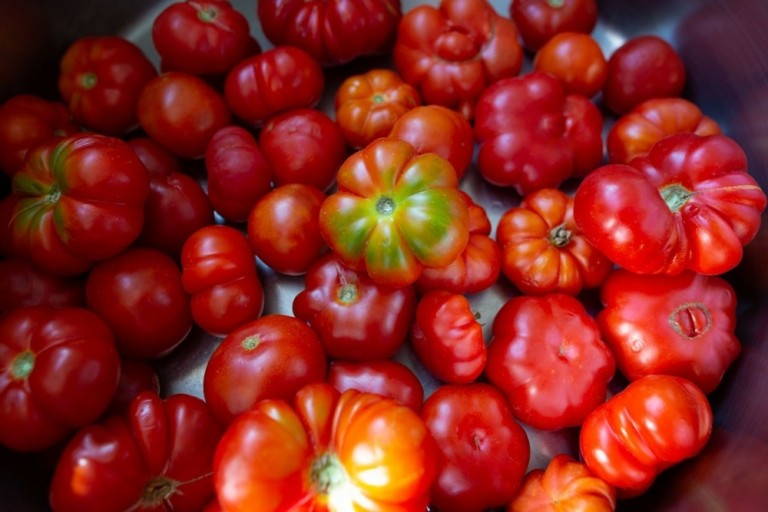
«During the pandemic, once again, I realized that the earth never fails you.”
A tale of many pistachios
Olives, pine trees – we see a few of them here and there on the island – and pistachio trees. Here is a nice story that Mr. Nomikos likes to narrate: “The pistachio trees were brought to Santorini by my namesake, Petros Nomikos (the founder of the Santorini Conference Centre in Fira), in an effort to expand the island’s crops. Pistachio trees love dry land and so they thrived here. At first, Petros was giving them away, but no one would take them. It wasn’t until he started selling them that people became interested. My father had no money to buy pistachio trees. The ones you see here on the property were grown from seed.”
And he continues: “Santorinian pistachios, which are dry, small and delicious, were completely forgotten before we took up their production again and included them to the island’s list of products fifteen years ago. Pistachios bring me back strong memories; my mother used to dry them in the sun twice, once before and once after salting them. She did it to save on the oven, but generally the gentler the method you use to dry them, the tastier they become. This process gives them their dark red colour and a very distinctive flavour. Therefore, we follow the exact same process today.”
And the story is not over yet: “We were making a living out of pistachios. As a pupil and even as a student later, I would get my bag, go to the shops, where everybody knew me, and sell them. I often kept the money for myself, instead of bringing it to the family (laughter). Later, I even added a label, but it often got lost among the pistachios in the bag. The same happened with fava beans. Those were different times. However, I always knew that our products were very good and had potential; apart from the tomato paste, their processing was still non-existent on the market. And that’s how I got here today.”
Climate change, tourism and tradition
We talked a lot more with Yiannis Nomikos. About how difficult the agricultural life is, not only because of the objective difficulties of the profession itself or the island’s terrain, but also because of climate change. This year the fava beans withered, a few years ago a heat wave brought the harvest to a halt; global warming is now a fact.
We also discussed the difficulty of living a rural life in a place like Santorini, where everyone is involved in tourism. “We have been engrafted with tourism and we ourselves are the negative consequences,” he jokes and then gets serious. “I won’t hide from you that several times so far I have mentally divided the facility we are in into four suites. But the pandemic came, and once again I realized that the earth never fails you. There was a great demand for our products all this time. And there is a general shift from the island’s restaurants as well. Agricultural production, of course, as it is now, can in no way meet the demand.”
“And this shows something”, concludes Mr Nomikos, “whether it is about the potential of a place, or about what is called tradition, since we are talking about traditional local products”.
“But tradition,” he explains, “is a living reality, because otherwise it’s just a museum piece. Here we still live. We keep the knowledge we got from our parents, we keep our seeds, we use new means – it goes without saying that you can’t ignore evolution – we read, we keep up to date, but we still listen to nature and adapt our crops to the environment, we are constantly working to produce even better quality products in the most natural way. Well, if we ever achieve a direct link between production and consumption, as is the case in Italy, then our efforts will indeed have paid off. My father, however, when I brought him here and showed him my little industry –set up with all the facilities provided by the machines, especially for fava beans- was really moved.
We found Yiannis Nomikos at his farm, called “Yiannis Nomikos Estate – Santorini Earth Goods”, on the provincial road Kamari-Akrotiri,Vothonas, +30 22860 31016,+30 6972 232743, madeinsantorini.gr. The farm can be visited by appointment.



